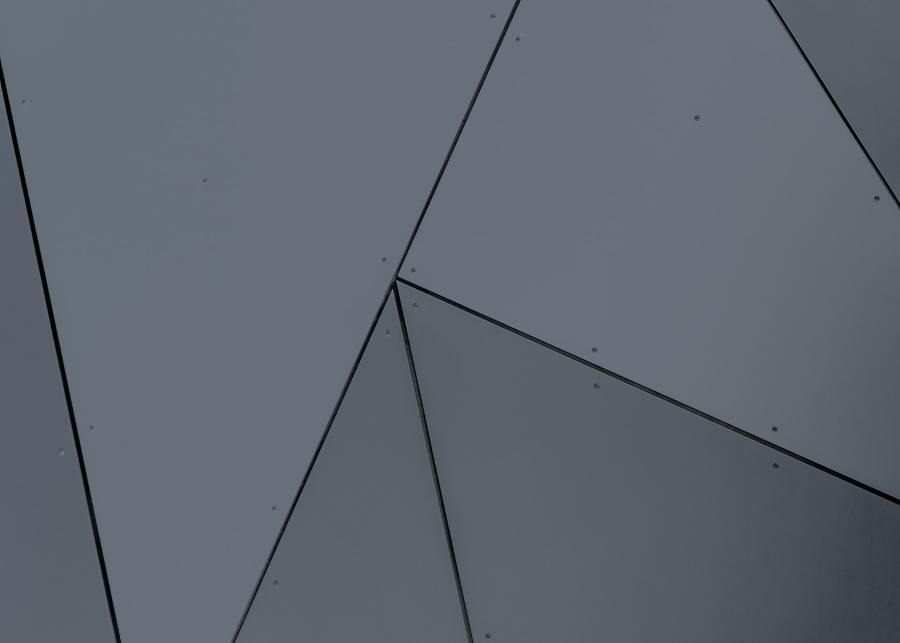Case note: Strata Plan 92450 v JKN Para 1 Pty Ltd & Anor [2022] NSWSC 958
In a recent decision, the NSW Supreme Court has demonstrated the importance of AS1530.1 combustibility testing in evidence.
Facts
The Owners Corporation of a 28-storey building in Parramatta brought proceedings against the developer, JKN Para 1 Pty Ltd and builder, Toplace Pty Ltd in respect of allegedly combustible aluminium composite panels (ACP) installed as cladding on the building.
The owners contended that, in breach of the statutory warranties under section 18B of the Home Building Act 1989 (NSW) (HBA), the ACP cladding did not comply with the Building Code of Australia (BCA) and sought damages in excess of $5 million for the cost to remove and replace the ACP cladding.
The defendants argued that the ACP cladding complied with the BCA at the time of installation.
The parties agreed that the ACP cladding did not comply with the Deemed-to-Satisfy (DtS) provisions of the BCA and that the ACP cladding installed (Vitrabond FR, which had a core consisting of 35-40% polyethylene) is now a banned product under the Building Products (Safety) Act 2017 (NSW) (BPSA). Whether the ACP cladding was otherwise compliant with the BCA by way of an Alternative Solution was in dispute.
Decision
The Court accepted that the ACP cladding did not comply with the DtS provisions of the BCA, which requires that external walls in a Type A construction not be combustible (as that term is defined in the BCA). No AS1530.1 test was available to establish that the ACP cladding was not combustible.
As to the question of whether the ACP cladding otherwise complied with the BCA by way of an Alternative Solution, the Court noted the strict answer to this question was "no" because an Alternative Solution under the BCA was not prepared prior to the issue of a construction certificate for the building, and had not been prepared since.
The Court noted, however, that this finding would not assist the owners in obtaining substantive relief. The owners had failed to establish that an Alternative Solution was either unavailable at the relevant time or currently unavailable so as to support the relief sought. Critical to this finding was that the owners had not obtained evidence as to the rate of combustibility of the ACP cladding and the extent of any risk that fire would spread across the exterior of the building or adversely impact its exits by reason of the use of the cladding.
The Court did not accept the owners' proposition that the ACP cladding was not good and suitable for its purpose because it is now a banned product under the BPSA. The Court noted that it was not possible to reason that a product has never been good and suitable for the purpose for which it has been used because the legislature subsequently bans a product that was previously permitted. The Court noted that "community standards may change and the legislature can properly be cautious in passing protective legislation and ban the use of a product notwithstanding it once was, and may still be, suitable for its purpose other than for the statutory prohibition on its use."
The Court held that the Owners Corporation could not establish that rectification works at substantial cost would be a reasonable course to adopt where:
- the only breach of the BCA established by the owners was the failure to perform an Alternative Solution at the relevant time;
- the owners did not establish that an Alternative Solution could not then or now be performed; and
- the owners did not establish that the ACP cladding is combustible to AS1530.1 standard or otherwise, or whether it would in fact perform adequately in a fire.
The owners did not establish the relevant breach of the BCA or the statutory warranties on the balance of probabilities and the consequential liability of the defendants to pay damages. The owners were ordered to pay the costs of and incidental to the determination of the separate questions and the hearing.
Implications
The decision demonstrates that a report concluding that ACP cladding is "combustible" based upon the extent of polyethylene it contains, provides little assistance in determining the extent of such combustibility for the purposes of determining whether a cladding product achieves compliance with the BCA by means of an Alternative Solution. The decision also demonstrates the difficulty of proving combustibility of ACP cladding in circumstances where combustibility testing is not completed and a party intends to ask the court to draw a necessary inference to determine the question.
The critical issue in dispute came down to the nature of the evidence adduced by the owners. The Court commented (at paragraph 68):
"...it is plainly possible that the ACP cladding did not comply with the BCA when it was installed and that a breach of the statutory warranties may exist in that respect, and, had those matters been established, that might well have established that rectification was necessary and its costs reasonably incurred. Those matters might well have been proved by the Owners Corporation on the balance of probabilities, had the Owners Corporation undertaken a cone calorimeter combustibility test of the Vitrabond FR product…so as to establish that the risk arising from any combustion of the cladding would outweigh the other design aspects of the Building including the sprinkler system".
For more information on the implications of this decision for building practitioners and their insurers, please contact a member of our team.
Photo by Scott Webb on Unsplash.
All information on this site is of a general nature only and is not intended to be relied upon as, nor to be a substitute for, specific legal professional advice. No responsibility for the loss occasioned to any person acting on or refraining from action as a result of any material published can be accepted. Lander & Rogers is furthermore committed to providing legal advice and content that is factual, true, practical and understandable. Learn more about our editorial policy.
 Client portal
Client portal












